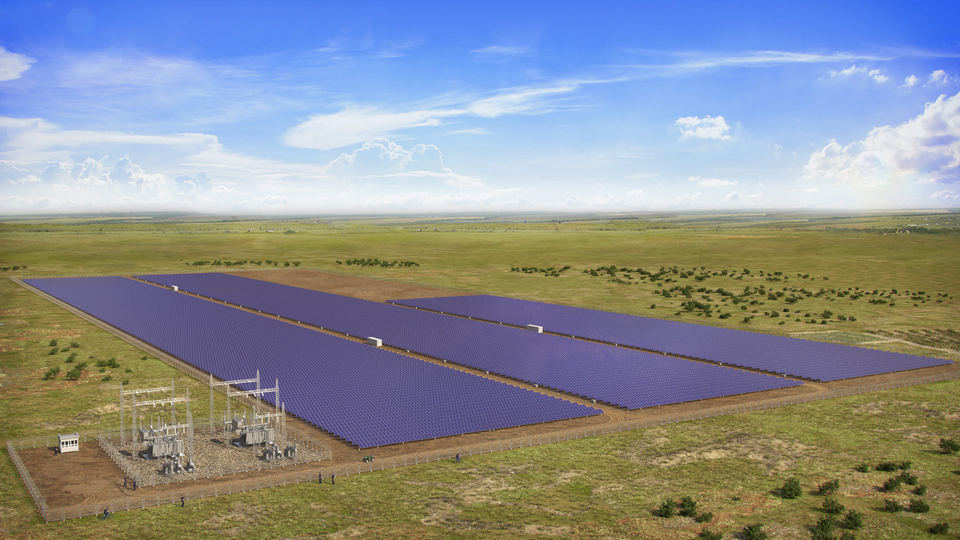If there is one positive side of the energy crisis, it is that we have finally opened our eyes and embraced the energy transition
by Prof. Nikola Rajaković, President of the Association of Power Engineers of Serbia
Solar photovoltaic (PV) is a technology with the smallest environmental footprint that can be constructed in the shortest period and generate electricity at the lowest cost. Unlike fossil fuels, solar energy does not contribute to global warming; more importantly, it does not pollute the air, soil, and water around the plant.

The current energy crisis has imposed an urgent need in front of governments for making short-term decisions (to survive the coming winter) but also medium to long-term decisions on how to improve the security of supply, decrease energy dependency and eliminate expensive imports over the challenging decade in front of us. Serbia needs to build its energy security around domestically available resources, and solar energy could be one of our key allies.
ENERGY MARKET
It is too early to make conclusions about the robustness of European electricity and the overall energy market models. However, it is evident that the existing model cannot cope with perceived and actual challenges in the region. Still, there are so many questions. For example, why the owners of power plants that are not using natural gas for electricity generation are selling their products 10 times more expensive than a year ago? Is it mindful to earn extra profit today and destroy potential customers for the next decade? What will be the impact of protective measures of individual countries (subsidies, price limitations, etc.) on the integral European market?
Unlike fossil fuels, solar energy does not contribute to global warming; more importantly, it does not pollute the air, soil, and water around the plant
The households and small industrial and commercial electricity consumers in Serbia are not exposed to the electricity markets. They are paying so-called regulated electricity prices. Moreover, at the beginning of the energy crisis, the Government decided to freeze electricity prices for large industrial consumers. All these measures had a positive impact on people’s lives and the competitiveness of the industry. However, due to poor management and a lack of investments in new generation capacities, EPS, as a guaranteed supplier, cannot fully cover domestic needs. Importing expensive electricity and selling it several times cheaper is not a sustainable business model. The solution to this lies in strengthening the EPS’ capacity by investing in new, preferably clean, energy sources.
THE BEST TECHNOLOGIES – HOW TO DECIDE
The selection of optimal technologies should be based on objective criteria. Some of the most important are:
- Security of supply, solutions that will promote the use of domestic resources that will reduce dependency on imported fuels;
- Affordable electricity price, fairly calculated to include all construction, operation, and decommissioning costs, including real fuel cost, balancing cost, carbon taxes, etc.
- Environmental impact, which will take into account our international commitments to greenhouse gas emission reduction, but even more importantly, reduction of local contamination of air, water, and soil.
Commissioning a new power plant a few months sooner or later was not so critical before the crisis. Nowadays, deployment speed is essential due to high electricity import costs.
The energy sector in Serbia has endured many blows in the previous period. This is a historic opportunity for EPS to turn to sustainable and clean resources.
Based on reliable studies of leading international companies, the optimal structure for having a 100% renewable energy system in the Western Balkans should be based on solar energy (43%), wind energy (27%), hydropower (27%), and other sources (3%).
STORAGE SYSTEMS ARE ESSENTIAL
The major drawback of leading renewable energy technologies – solar and wind – is the intermittency of their generation. Solar and wind power plants generate electricity proportionally to solar irradiation and wind speed, and that generation does not always match electricity consumers’ needs. Therefore, significant penetration of renewable energy requires the construction of a sufficient amount of energy storage facilities. Before hydrogen/ammonium storage technologies reach commercial viability, we can seriously count on two mature technologies: pumped=storage plants (PSP) and battery energy storage systems (BESS). There is an ongoing debate about which technology is better. The correct answer is – both are excellent. Those two technologies are not conflicting but complementary.
Due to their larger energy storage capacities, PSPs are a better solution for aligning generation and consumption on the weekly, monthly or seasonal time horizon. The drawback of PSPs is a lower charge/discharge efficiency (60-65%) and long development and construction time (10 – 15 years).
On the other hand, BESS are more efficient regarding balancing and system services for day-ahead and intra-day interventions. Charge/discharge efficiency is much better (above 95%), and deployment is ultra-fast (3 months). However, BESS solutions with monthly or seasonal storage are still more expensive than PSP.
